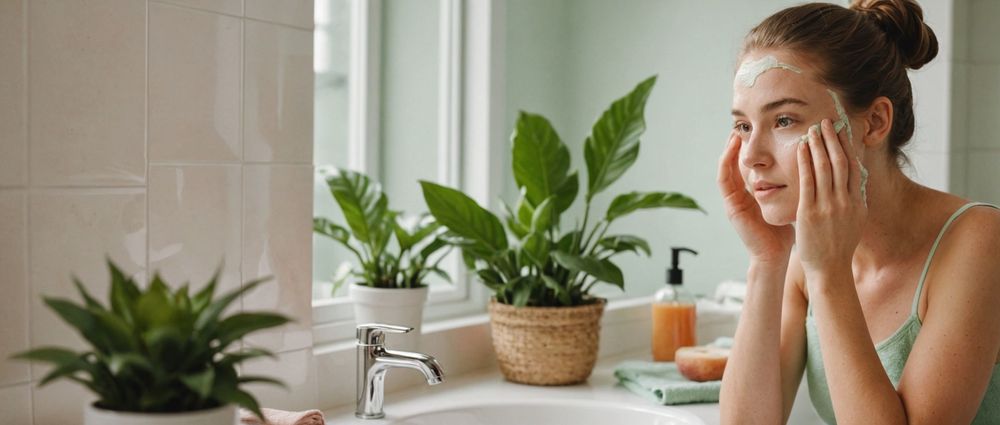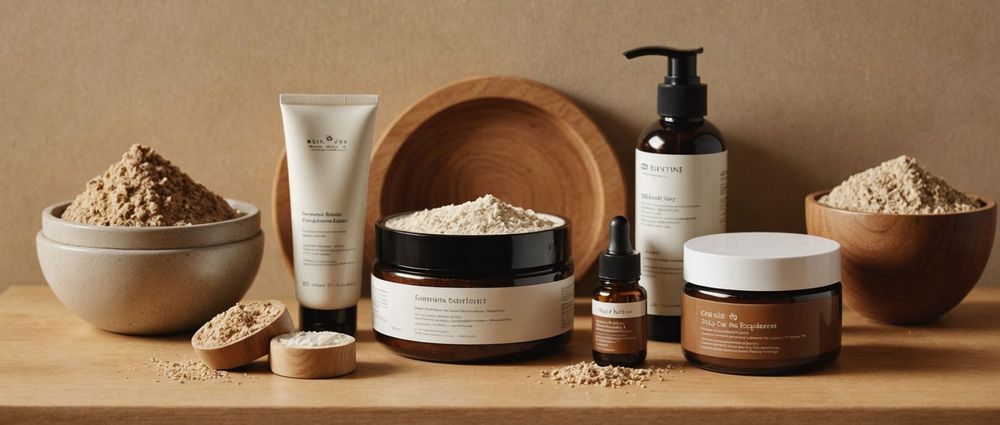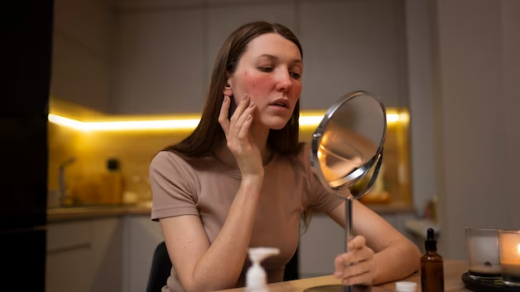Exfoliating your skin is an essential step in any skincare routine, but knowing how to do it correctly can make a significant difference in achieving glowing, healthy skin. The right method of exfoliation not only helps remove dead skin cells but also enhances cell turnover, unclogs pores, and promotes better absorption of your skincare products. However, performing exfoliation improperly can lead to skin irritation, dryness, or even breakouts. This article will guide you through the best practices for exfoliating your skin effectively, safely, and beneficially.
Understanding the Two Types of Exfoliation

Exfoliation can be categorized into two primary types: physical and chemical. Understanding these two methods is crucial as each serves a different purpose and caters to various skin types.
Physical Exfoliation
Physical exfoliation involves using external elements to manually slough off dead skin cells. This can include scrubs, brushes, or even tools like exfoliating gloves. While physical exfoliants can provide instant results, they should be used carefully, especially on sensitive skin. Over-exfoliating with harsh products can lead to friction burns, irritation, or worsen existing issues like acne. Here are some popular physical exfoliation methods:
- Exfoliating scrubs containing grains or beads.
- Exfoliating brushes that offer a deeper clean.
- Microdermabrasion tools used by professionals.
- Natural options such as coffee grounds or sugar.
Chemical Exfoliation
Chemical exfoliation utilizes acids or enzymes to dissolve dead skin cells and promote new cell growth. Commonly used acids include alpha-hydroxy acids (AHAs) like glycolic acid and beta-hydroxy acids (BHAs) like salicylic acid. Unlike physical exfoliants, chemical options penetrate deeper into the skin and can be gentler for those with sensitive skin. A few types of chemical exfoliants include:
- AHAs for dry skin, enhancing moisture and smoothing texture.
- BHAs for oily or acne-prone skin, addressing clogged pores.
- Enzyme exfoliants derived from fruits that offer gentle care.
- Retinoids that promote cell turnover over time.
How Often Should You Exfoliate?

The frequency of exfoliation largely depends on your skin type and the method you choose. In general, here are some guidelines you can follow:
-
Oily or Acne-Prone Skin:
2-3 times a week with BHAs. -
Dry or Sensitive Skin:
Once a week using gentler AHAs. -
Normal Skin:
About 1-2 times a week with either type of exfoliant. -
Environmental Factors:
Adjust frequency based on seasonal changes, like increasing exfoliation in summer due to oiliness.
It is essential to pay attention to how your skin reacts. If you notice redness or irritation, cut back on the frequency and ensure you’re using appropriate products for your skin type.
Best Practices for Exfoliating Your Skin

To ensure a safe and effective exfoliation session, incorporate these best practices into your skincare routine:
-
Choose the Right Product:
Select a product tailored to your skin type, whether it’s a physical scrub or a chemical exfoliant. -
Perform a Patch Test:
Always test new products on a small area of skin to check for adverse reactions before applying it to your whole face. -
Follow Instructions:
Whether it’s the duration you should leave a product on your skin or how much to apply, always adhere to the manufacturer’s instructions. -
Moisturize After Exfoliation:
Follow up with a good moisturizer to hydrate the skin, preventing it from becoming too dry or irritated. -
Use Sunscreen:
Exfoliation can increase your skin’s sensitivity to the sun, so applying sunscreen daily is a must.
Conclusion
Exfoliating your skin the right way can significantly enhance your skincare routine and reveal healthier, radiant skin. By understanding the two types of exfoliation, determining the right frequency for your skin type, and following best practices, you can enjoy the benefits without the risks. Don’t rush the process; gentle, regular exfoliation is key to maintaining balance and promoting skin health. Remember to listen to your skin’s needs and adjust your approach as necessary to keep it glowing.
Часто задаваемые вопросы
1. Can I exfoliate every day?
While some exfoliants may be gentle enough for daily use, many experts recommend limiting exfoliation to 1-2 times a week to prevent irritation.
2. Is physical or chemical exfoliation better?
It depends on your skin type and concerns. Physical exfoliation can be effective for some, while others may benefit more from chemical exfoliants that penetrate deeper.
3. What should I do if my skin becomes irritated after exfoliation?
If irritation occurs, stop using the exfoliant, apply a soothing product, and allow your skin to recover before reintroducing it more gently.
4. Are there natural exfoliants I can use at home?
Yes, you can use natural options like oatmeal, sugar, or coffee grounds mixed with honey or yogurt for gentle exfoliation.
5. Can exfoliation help with acne scars?
Yes, regular exfoliation can promote cell turnover, helping to minimize the appearance of acne scars over time, but it should be done carefully. Always consult a dermatologist for personalized advice.


